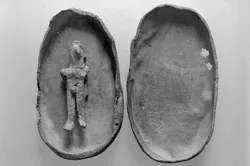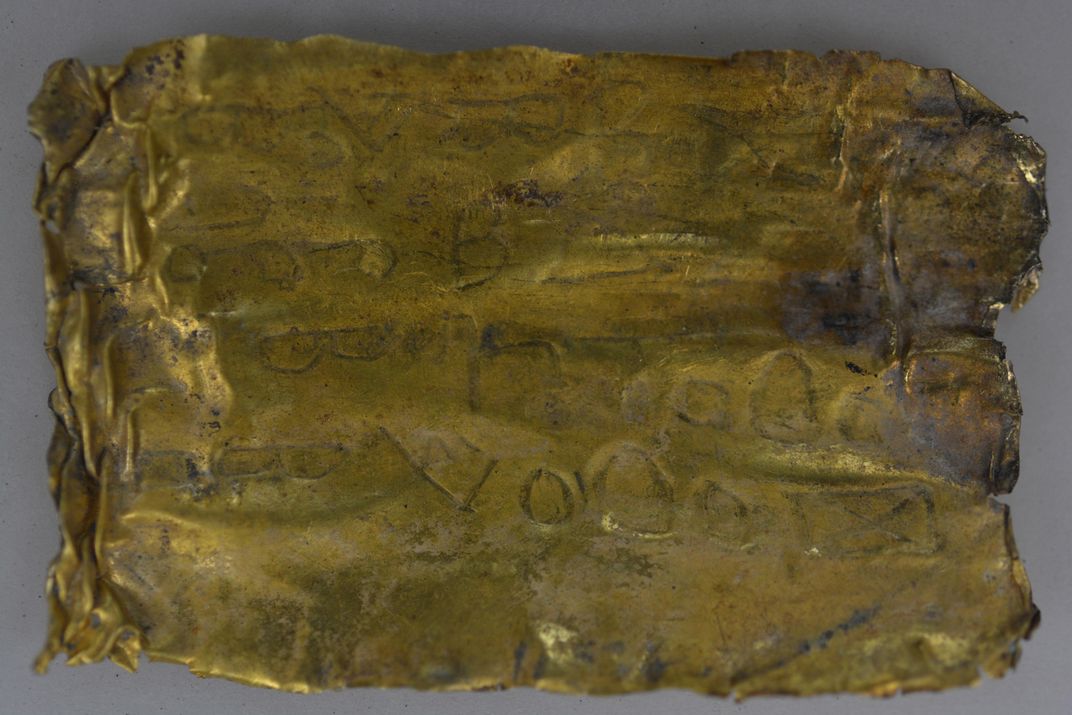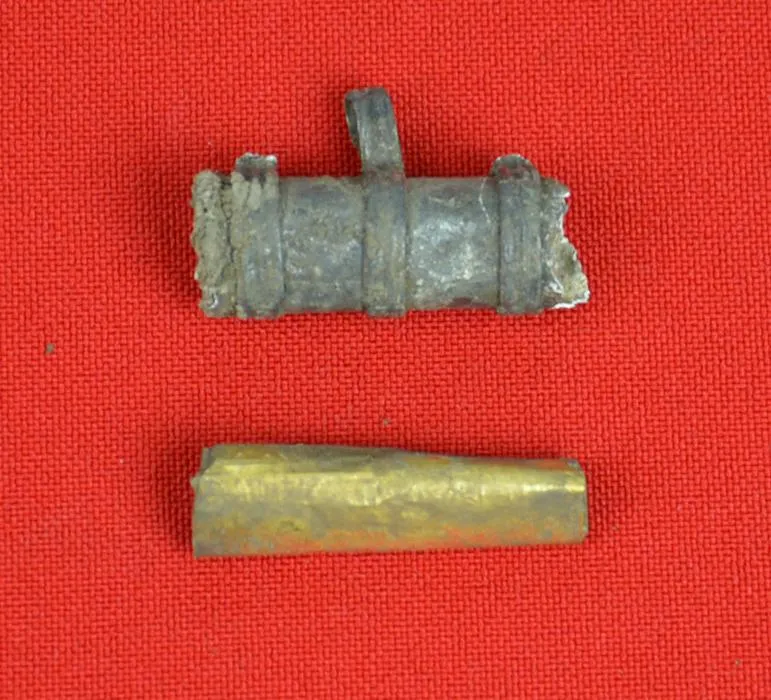A Guide to Ancient Magic
In antiquity, love or revenge was just a spell away
Call it a happy accident: When a group of Serbian archaeologists recently uncovered a cache of 2,000-year-old skeletons, they unearthed a set of mysterious scrolls covered with Aramaic curses, too. As Reuters reports, the tiny scrolls were contained in what are thought to be ancient amulets and are covered with spells used in “binding magic” rituals of yore.
While the archaeologists work to decipher the scrolls (a process that could never be complete), why not take a moment to catch up on what historians already know about ancient magical rituals?
Spells were everything
In ancient “binding magic,” it was all about the spells. Unlike modern-day magical phrases like, say, "bippity boppity boo," practitioners of magic in ancient Greek and Rome used spells to “bind” people up to different outcomes in sporting events, business, and personal affairs related to love and even revenge.
As Greek and Roman magic expert Derek Collins writes, binding spells had known formulas and named involved parties, like gods and people, and then connected them to actions or results. You could use a binding spell to invoke an upcoming athletic victory or ensure your happy marriage to a new partner—and to do so, you’d use powerful strings of words passed on by magicians or ordinary people.
Amulets were a must-have magical fashion accessory
Spells weren’t just said in the ancient world—they were written down. And like the objects found in Syria, the spells were often carried around with a person until they came to pass. Amulets designed to carry spells became a must-have fashion accessory and are regularly found in Ancient Greek and Roman grave sites and digs.
Though other ancient cultures, like that of Ancient Egypt, favored amulets with symbolism, Ancient Greek and Roman amulets were designed to carry spells, themselves. In 2011, archaeologists uncovered an amulet in Cyprus that was engraved with a palindromic spell, and in 2008, Swiss archaeologists found a gold scroll in a silver amulet capsule thought to have belonged to an ancient Roman child. Amulets may have looked decorative, but their contents felt like life and death to believers, who paid magicians to give them scrolls and talismans that put their intentions into physical form.
Curses and revenge were very much a thing
One of the more charmingly bitter traditions of ancient Greece and Rome were “curse tablets”—spells written on lead, wax or stone that laid out the ways in which people had been wronged. Think of curse tablets as the takedowns of the ancient world: If someone disrespected or harmed you, you could head to your local magician and pay to curse them. People cursed people who hurt their family members, but they also cursed them when they committed crimes or even entered into court cases against them. Large caches of curse tablets have been found in Roman digs in the modern-day United Kingdom.
One such tablet invokes the god Mercury to bring down a curse on Varianus, Peregrina and Sabinianus, whom the curser thought had brought harm on their animal. “I ask that you drive them to the greatest death, and do not allow them health or sleep unless they redeem from you what they have administered to me,” cursed the aggrieved Docilinus. Ouch.

And then there were the curse dolls
Of course, if someone dissed you, you also had the option of creating a tiny effigy to do harm to. Though sometimes compared to modern-day voodoo dolls, scholars still aren’t entirely sure what the tiny figurines used in binding magic in ancient Greece and Rome were for. What they do know is that the word “binding” was taken literally when it comes to these figures: They have been found in tiny coffins with bound hands and feet or mutilated bodies and seem to have been molded along with binding spells.
Not everyone in ancient Greece and Rome was into magic
The descriptions above might make you think that everyone in the ancient world was into binding magic. But that wasn’t true: Historians now believe that magic was quite separate from ancient religion. Though both involved the gods, magic involved manipulating gods whereas other rituals relied on supplication and offerings in the hopes that the gods might favor the person doing the asking.
Anti-magic legislation existed in both ancient Greece and ancient Rome, even before the days of Christianity, but often such laws only covered magic that actually killed, as when a stepmother was sued for administering a fatal “love charm” to her stepson’s mistress. Lesson learned: If you only use your ancient curses, spells and charms to inflict mild harm instead of death, you should be okay. Now where did that curse tablet go?
/https://tf-cmsv2-smithsonianmag-media.s3.amazonaws.com/accounts/headshot/erin.png)


/https://tf-cmsv2-smithsonianmag-media.s3.amazonaws.com/accounts/headshot/erin.png)